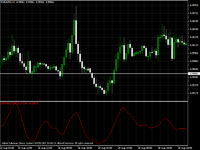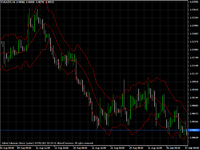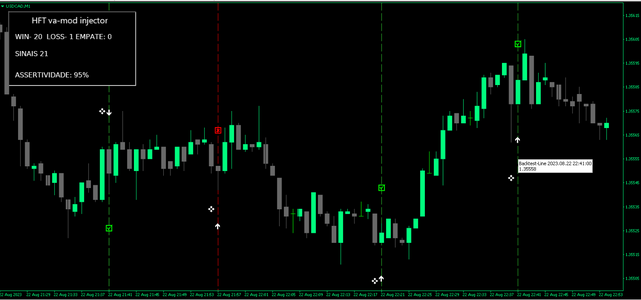indicdeveloper
Junior member
- Messages
- 13
- Likes
- 0
CamarillaFlatAndClear VertexFX Indicator
The CamarillaFlatAndClear is an innovative VertexFX client-side indicator based on daily pivot and Camarilla levels.
Pivot levels are an useful tool to identify key support and resistance levels. However, they have outlived their purpose especially for short-term traders.
The CamirillaFlatAndClear indicator is an improvement of the pivot levels and Camarilla levels using "squares of 12" method.
The indicator provides seven key levels - namely the central Pivot level (YELLOW), three support (RED) and resistance (GREEN) levels each. Unlike traditional pivot level trading methods, the levels provided by this indicator act as breakout levels. Short term traders prefer to trade in the direction of the level (breakout) rather than against it (reversal). When used with short-term Exponential Moving Average (EMA) it provides excellent breakout trades for short term traders.
The central pivot level (YELLOW) is the average of the previous Day's High, Low and Close. The other levels are calculated from "squares of 12" method, whereby the previous day's range is divided by 12, 6 and 2 respectively. The resistance (GREEN) levels signify resistance. However, when the price is trending upwards alongwith the EMA, these levels act as bullish breakout levels. The support (RED) levels signify support. When the price is trending downwards alongwith the EMA, these levels act as bearish breakout levels.
BUY / EXIT SHORT - Enter LONG (or exit SHORT) when the price crosses above the GREEN Camarilla levels from below and the price is above the Exponential Moving Average. The stop-loss can be placed below the nearest Swing Low. Traders should employ a trailing stop when the position is in profit.
SHORT / EXIT LONG - Enter SHORT (or exit LONG) when the price crosses below the RED Camarilla levels from above and the price is below the Exponential Moving Average. The stop-loss can be placed below the nearest Swing High. A trailing stop should be employed to ensure profitable positions are protected.

The CamarillaFlatAndClear is an innovative VertexFX client-side indicator based on daily pivot and Camarilla levels.
Pivot levels are an useful tool to identify key support and resistance levels. However, they have outlived their purpose especially for short-term traders.
The CamirillaFlatAndClear indicator is an improvement of the pivot levels and Camarilla levels using "squares of 12" method.
The indicator provides seven key levels - namely the central Pivot level (YELLOW), three support (RED) and resistance (GREEN) levels each. Unlike traditional pivot level trading methods, the levels provided by this indicator act as breakout levels. Short term traders prefer to trade in the direction of the level (breakout) rather than against it (reversal). When used with short-term Exponential Moving Average (EMA) it provides excellent breakout trades for short term traders.
The central pivot level (YELLOW) is the average of the previous Day's High, Low and Close. The other levels are calculated from "squares of 12" method, whereby the previous day's range is divided by 12, 6 and 2 respectively. The resistance (GREEN) levels signify resistance. However, when the price is trending upwards alongwith the EMA, these levels act as bullish breakout levels. The support (RED) levels signify support. When the price is trending downwards alongwith the EMA, these levels act as bearish breakout levels.
BUY / EXIT SHORT - Enter LONG (or exit SHORT) when the price crosses above the GREEN Camarilla levels from below and the price is above the Exponential Moving Average. The stop-loss can be placed below the nearest Swing Low. Traders should employ a trailing stop when the position is in profit.
SHORT / EXIT LONG - Enter SHORT (or exit LONG) when the price crosses below the RED Camarilla levels from above and the price is below the Exponential Moving Average. The stop-loss can be placed below the nearest Swing High. A trailing stop should be employed to ensure profitable positions are protected.






